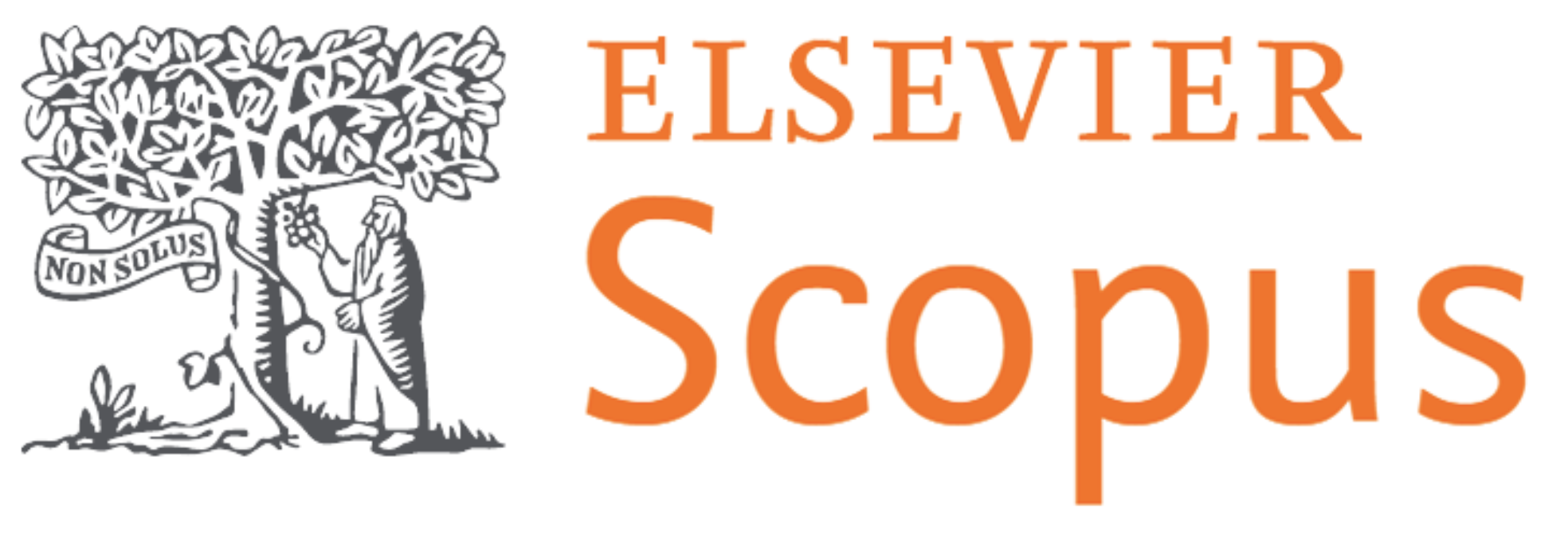HISTORICAL ASPECTS IN THE DEVELOPMENT OF FISH BREEDING IN NORTHEASTERN PARÁ, BRAZIL: FROM LEADERSHIP TO STAGNATION
DOI:
https://doi.org/10.17765/2176-9168.2016v9n3p595-615Keywords:
Aquaculture, Technological progress, Production chain, Fish breedingAbstract
The historical aspects on the development of pisciculture in the meso-region northeastern region of the state of Pará, Brazil, are investigated. The registers of public institutions and the private collections of societies that took part in the aquaculture experience were surveyed. Thirty interviews were taken with professionals and fish breeders of the period between January and December 2014. First pisciculture experiences occurred in Santa Izabel do Pará in the 1970s, currently belonging to the metropolitan region of Belém. The activity was commercially viable only in the 1980s when rural professionals were trained to instruct producers and to construct the Pisciculture Station Orion Nina Ribeiro in Terra Alta to increase supply of juvenile fish. The 1990s saw the use of specific fish diets and fishponds, the last relevant facts within the production context. Although one of the first regions in the whole Amazon region in pisciculture, the northeastern region of the state of Pará lost the productive and technological highlights due to insufficiency of government resources which were not capable of strengthening its production chain.Downloads
Published
2016-09-20
How to Cite
Brabo, M. F., Ferreira, L. de A., & Veras, G. C. (2016). HISTORICAL ASPECTS IN THE DEVELOPMENT OF FISH BREEDING IN NORTHEASTERN PARÁ, BRAZIL: FROM LEADERSHIP TO STAGNATION. Revista Em Agronegócio E Meio Ambiente, 9(3), 595–615. https://doi.org/10.17765/2176-9168.2016v9n3p595-615
Issue
Section
Agrobusiness
License
A Revista se reserva o direito de efetuar, nos originais, alterações de ordem normativa, ortográfica e gramatical, com o intuito de manter o padrão culto da língua, respeitando, porém, o estilo dos autores. As opiniões emitidas pelos autores são de sua exclusiva responsabilidade.Os direitos autorais pertencem exclusivamente aos autores. Os direitos de licenciamento utilizado pelo periódico é a licença Creative Commons Attribution
 Creative Commons Atribuição 4.0 Internacional. São permitidos o compartilhamento (cópia e distribuição do material em qualquer meio ou formato) e adaptação (remixar, transformar, e criar a partir do trabalho, mesmo para fins comerciais), desde que lhe atribuam o devido crédito pela criação original.
Creative Commons Atribuição 4.0 Internacional. São permitidos o compartilhamento (cópia e distribuição do material em qualquer meio ou formato) e adaptação (remixar, transformar, e criar a partir do trabalho, mesmo para fins comerciais), desde que lhe atribuam o devido crédito pela criação original.










